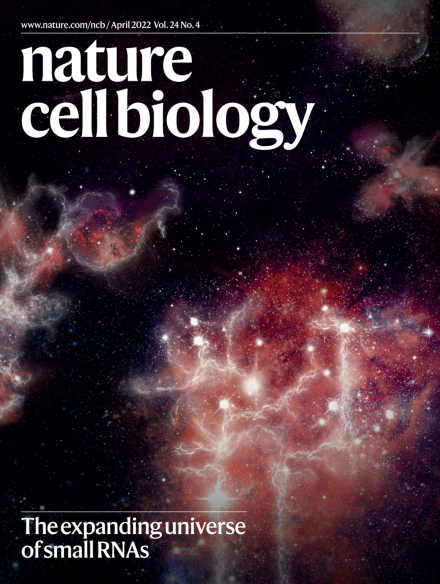ncRNAomics Lab
Beijing Institute of Genomics, Chinese Academy of Sciences / China National Center for Bioinformation
news
| Apr 3, 2025 | We present an optimized PANDORA-seq protocols that has been published in Nature Protocols, hope this updated protocol helps researchers better explore the RNA universe! |
|---|---|
| Aug 21, 2024 | Our collaborative work with the Bruno Di Stefano lab on P-body RNAs and myeloid leukemia has been published in Nature Cell Biology |
| Aug 1, 2024 | Dr. Liwen Zhang has joined our lab as a postdoctoral researcher |
Wise lives, civilize ages.
